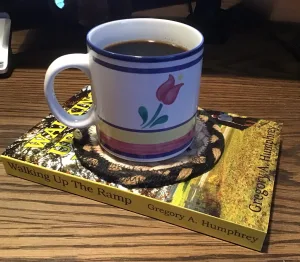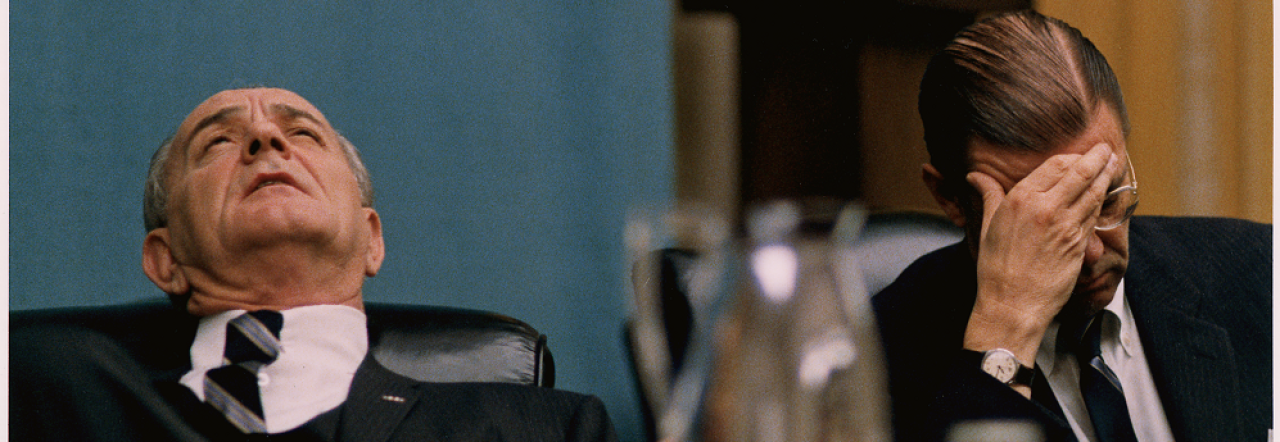Using newspaper clippings and a knack for knowing how to write a most convincing slice of American history Paul Collins has crafted a most compelling read in The Murder Of The Century. This crime–the Guldensuppe “Scattered Dutchman” murder case–thankfully is not lost to history. When I bought this book I intended to read it on a lazy summer weekend, but the winter seems to have only gripped harder over the last weeks with the bitter cold and I thought this was my way of fighting back by reading it now.
Late last night James woke up, looked at me and said, “Are you still reading?” The book is not designed to make one want to sleep. It is not gory or lurid, but just a solid ‘you-are-there’ type read that keeps one turning the pages. I simply smiled at James and continued.
In 1897, at the end of the Gilded Era, a most brazen and sensational crime took place in New York City. Parts of a headless body that had been dismembered were found and a hunt for the killer and the motive was set into motion. As Collins writes it was not only the crime that took center stage, but also the newspaper war between William Randolph Hearst and Joseph Pulitzer and the newspapers they had turned into pages of ‘infotainment’ before that term had even been invented.
The crime and dramatic trial are simply too good not to follow page after page. But it is the newspaper wars and the antics of the owners and their frenzied reporters that make this book the sensation that is for the reader. Yellow journalism may never have been told with such style and sweeping punchy narrative as Collins has created in this book.
It is hard not to laugh as reporters collar and question witnesses regardless of what the police are doing or thinking, and at the same time the police are hustling to try to know as much as the journalists. There is no way not to smile when carrier pigeons are used by reporters and artists at the trial to carry dispatches back to the newspaper offices for the latest editions of the papers.
What I much enjoyed about this book and the way Collins used dialogue is that all of it that is contained comes directly from conversations recorded in newspaper accounts. For me that is far better than a writer trying to convey their own sense of events with created dialogue.
There are many ways to spend time with books and Lord knows I do–but for pure fun with a work of non-fiction this one will be hard to beat. I will certainly be looking into other books authored by Paul Collins.


